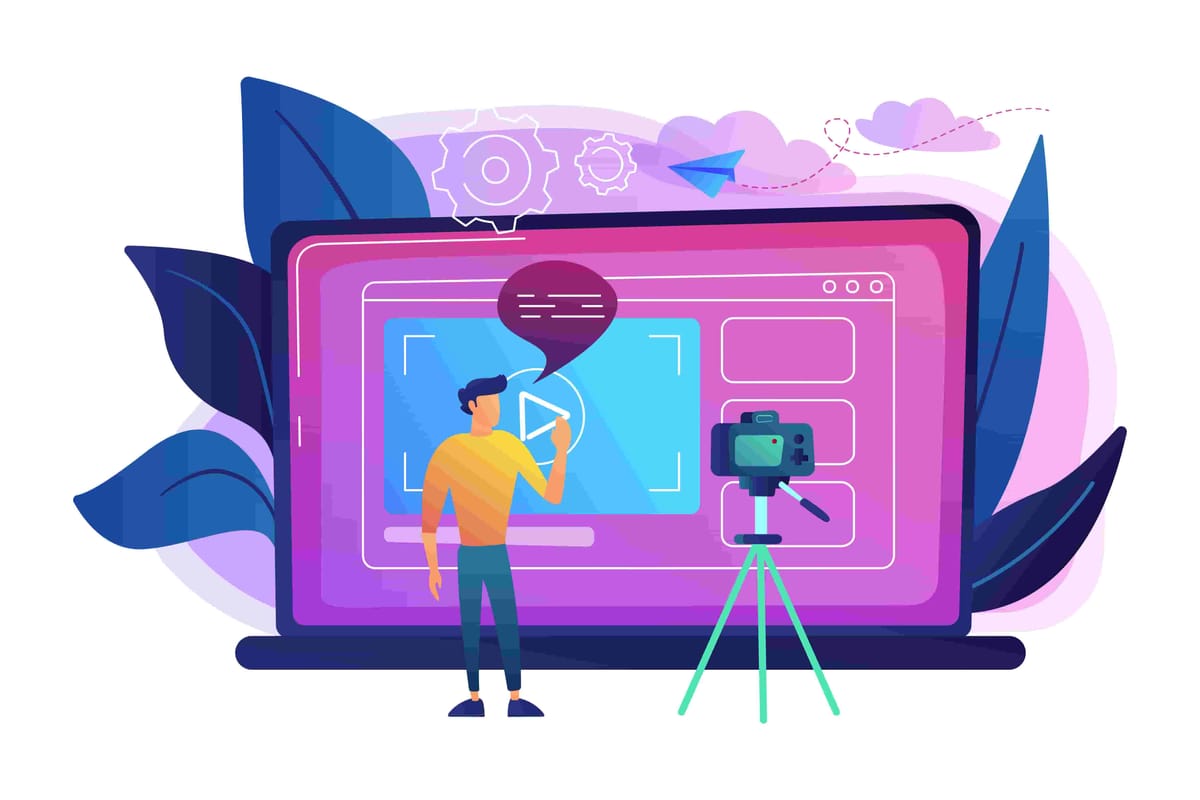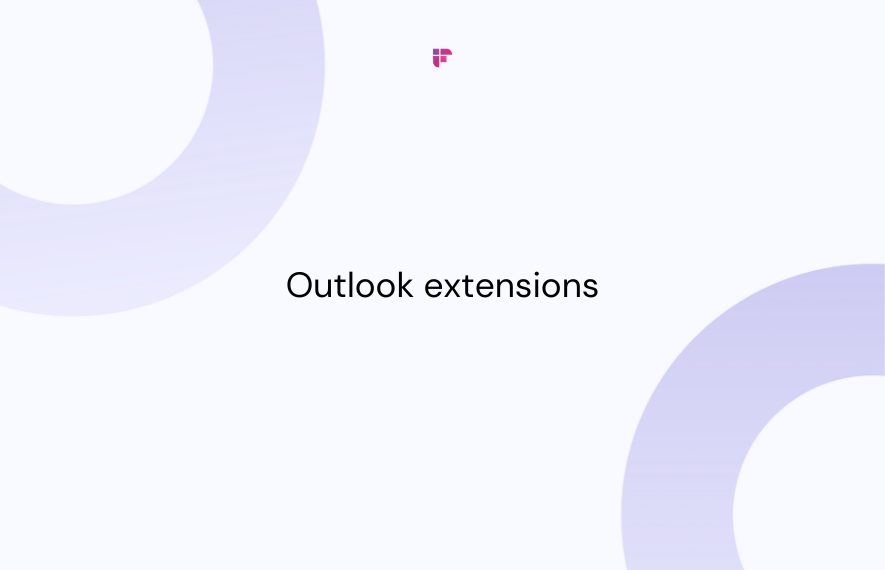Webinars are demanding. As a marketer, you know this very well.
Webinars require the perfect blend of quality content, an engaged audience, and a dynamite host. All too often, though, we end up with bland, 60-minute snooze fests littering the digital space, rehashing the same concepts without driving any real value.
However, for brands that can deliver industry-leading webinars, the rewards are worth the effort. They stand as one of the most powerful marketing methods available, give you a direct line to your most invested customers, and put you in the driving seat when delivering your message.
But how can we use this to our advantage in 2024? Let’s find out.
Why are webinars important in a marketing strategy?
Webinars offer a unique, interactive approach to content marketing. Much like lectures and classrooms, they are powerful educational tools that help draw your audience in further and make them more amenable to your goals—gathering data and generating quality leads.
Webinars also offer advantages that align more closely with traditional sales playbooks. They help you understand your ideal customer, provide valuable content to move prospects along their journey, and create reusable resources for your sales team.
Remember, the key is leveraging the webinar’s natural strengths, focusing on providing value and engagement rather than forcing it into a hard-sell format.

How to drive leads through webinars
While it’s easy to see why you’d want to create webinars brimming with eager-eared attendees, turning these leads into customers is not always so simple. Even in this collaborative environment, your audience will still be on guard for overbearing sales tactics. So, here’s how to ensure your next webinar is well received:
Choose the right topic
If the webinar isn’t on a relevant hot-button topic in your industry, it won’t draw a lot of people. Explore the present and future landscape to determine where to focus, and keep tabs on how your competitors position their content.
For example, if you can offer fresh insights into emerging technologies, such as the rise in the use of AI in communications, you will be in a stronger position than going over already-trodden ground.

Provide touchpoints for the audience
If you don’t plan to include audience participation, there’s little reason to host a webinar. Audience participation offers opportunities for dialogue and the use of advanced teaching techniques.
Think of how to involve attendees in the session to keep them engaged and to promote interaction. You could:
- Ask an audience member to do a live demonstration of key practices
- Run a brief ‘quiz’ or poll that attendees can vote on or take part in
- Offer a live Q&A section within the webinar
These suggestions aren’t exhaustive, and the opportunity is limited only by your creativity. Remember that more complex plans could come with technological requirements, such as audiences having microphones. Also, ensure everyone is on board with the plan. For best results, practice active listening strategies when engaging with attendees.
Improve your active listening skills with Fireflies.ai
Fireflies.ai is an AI notetaker that transcribes, summarizes, and analyzes your conversations. Use it during your webinar to uncover insights into your talking pattern—how fast you talk, overall sentiment, total time spent in conversation, and more.
Try Fireflies for free!You can also offer avenues for audiences to subscribe or provide information throughout and have a ‘question box’ that can be filled in to have their query answered personally by email after the event. This will create direct lines for your business to capitalize on.
Co-host with partners to boost reach
Partnering with other brands is one of the best ways to reduce resource requirements and instantly expand your potential audience base. Both businesses benefit from each other’s platform, and the workload of hosting and creating the webinar is shared.
With that said, tactfully choose a partner whose industry complements yours without being a direct competitor. This approach allows you to convert potential customers into leads with minimal risk of losing them to the partnered company.
For instance, if your business specializes in AI-based communications, a suitable partner might focus on AI applications in social media, adding depth to your content without overlapping too much with your primary focus.
Gather data to score leads and support outreach strategies
Sales teams heavily rely on the quality of data they receive. Without qualified leads, they struggle to decide where to focus their efforts. Fortunately, webinars offer a pool of high-value targets if you can collect the data.
Many will have already provided some information to sign up for the webinar—name, business, and email. However, there are opportunities to gather additional data to support your sales team. For example, allow your audience to contact your business directly during the webinar, reversing the sales pitch and bringing them to you. Additionally, ensure your landing page is designed to encourage such activities.
Consider email marketing when planning a webinar. Allow email sign-ups, provide an incentive for doing so, and design your future comms according to this specific captured group. Ensure your message aligns with the webinar topic. For example, showcasing your product as the best conversational AI platform as an answer to questions about AI in communications.

Provide genuine value through expertise
While it may seem repetitive, it is crucial to reiterate that your webinar has to provide genuine value. If the content is not fresh, thought-provoking, or unique, your audience may not think highly of your brand or, worse, feel their time has been wasted.
Conversely, a webinar that impresses attendees with your expertise will foster strong loyalty and increase the likelihood of them becoming customers in the future.
Create supporting content surrounding the webinar
While the webinar session itself should provide the lion’s share of value to an audience, there are several reasons to craft content before and after it. The webinar should be considered a part of your wider content marketing strategy, and your content calendar should be designed with this in mind.
Releasing content before the live webinar can set the tone for the discussion, provide attendees with pre-event considerations, and help increase attendance. Lighter topics are ideal for this purpose, allowing you to showcase expertise and provide value while reserving the most impactful content for the webinar itself.
To make the most of your investment, it’s worth ensuring the webinar can be accessed after the live broadcast. How you approach that – putting it behind an email subscription, keeping it available for a limited time, or just as evergreen content – is up to you, but it’s worth having a plan in place. You can record the audio or screen from the session and a transcription to repurpose content with little effort.

The next steps
It’s time to put these ideas to life and start planning your next webinar. While the journey will be challenging, it’s worth the effort to make it a success. Use the tips provided above as a starting point to create your webinar plan.
Focus on providing an unparalleled experience and tackle the tough topics with aplomb, and once the dust has settled, you’ll stand to gather a swathe of new customers to market to as a result. After that, it’s up to your trusty sales team to make good on the leads you’ve brought in.






![A Complete Guide to Zoom Error Codes & How to Solve Them [2024]](/blog/content/images/size/w1000/2023/11/Meeting-etiquette-rules-all-professionals-must-follow--22-.png)

